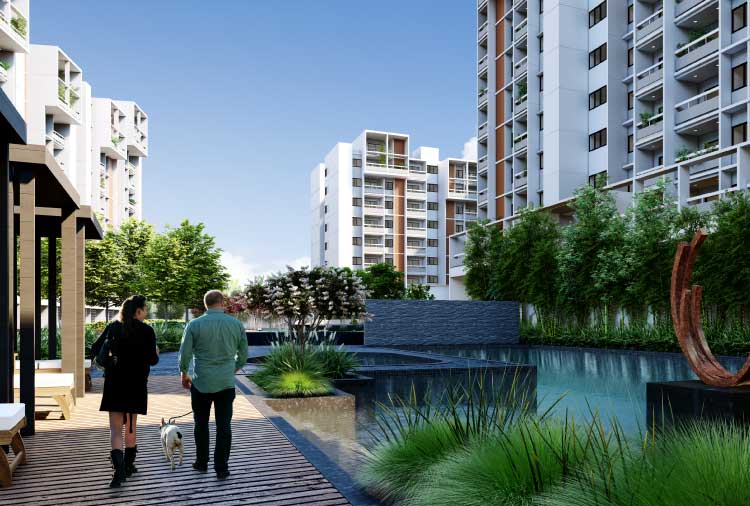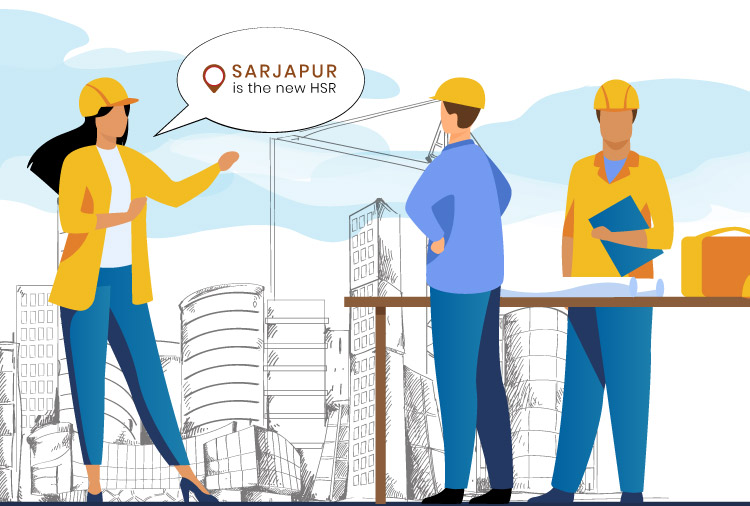
There may be many terms that confuse you as a real estate investor and none more so than the terms carpet area & built-up area. There are simple ways to define this but there are also many complications involved with each definition, as most of the time, it may require a physical inspection to see exactly how much space you have available.
Let’s take a look at the meaning behind some of the expressions you’ll hear in this regard.
1. Carpet Area
Simply put, the carpet area refers to the area in your home that you can cover with a carpet, measured wall to wall. Another term used for it is the Net Usable Area, which gives a clearer idea of what we’re referring to.
What’s included in the carpet area?
· All Available Rooms – Living, Bed, Dining, Dressing and others.
· Kitchen and Bathrooms.
· Stairs and Internal Walls.
What isn’t?
· External walls (carpet area can change based on wall thickness).
. Balconies.
· Common Areas.
Getting to know the carpet area of a house is very important when it comes to planning how you’ll utilise the space. It also impacts the proportions of the furniture you’ll need to plan for.
While builders are now legally obliged to mention the carpet area to measure and price units, provisions have also been made for the increase and decrease in its measurement, with adequate penalties in place under RERA, so make sure you take a close look at the provisions made by your developer.
In most cases, the carpet area would be approximately 70% of the built-up area, which we’ll look at next!
2. Built-up area
Built-up Area is the total covered area of the apartment or commercial property unit, which can be calculated by adding areas of utility ducts within the property unit, internal and external walls to the carpet area, and this is also known as the Plinth Area. With many Indian developers, you could expect to lose about 30% of the space towards these areas and for this reason, it might not register that you’re paying for all of it as a customer.
However, you need to take a close look at this, because in many states, property taxes are levied on built up area/ plinth area. You must also beware that a developer isn’t forcing you to compromise or pay for more than what you’re getting, in terms of carpet area.
Another thing to note is that Common Areas cannot be included in this calculation, as this goes towards calculating the next term we’ll look at: Super Built-Up Area!
3. Super Built-Up Area
This includes built up area plus common areas apportioned to a unit. These common areas can vary from building to building and include lobbies, lift ducts, balconies, staircases, pipe ducts/ shafts, air ducts, covered community centres/ clubs, and other covered common facilities. They generally don’t count towards the final price of the apartment you pay for, but there may be added costs in terms of maintenance or otherwise that may be important to find out beforehand. It’s also important to note that Open Areas such as gardens, parks and play areas are not included in this measurement.
So, there’s a brief explainer of some simple real estate terms that we have noticed some of our customers struggle to understand. If you’d like to know these figures for our properties, all you need to do is take a look through this website. You can find detailed brochures that will provide all the numbers you need. If you want to know more, always feel free to reach us via phone or email. We’ll be glad to answer your questions!


